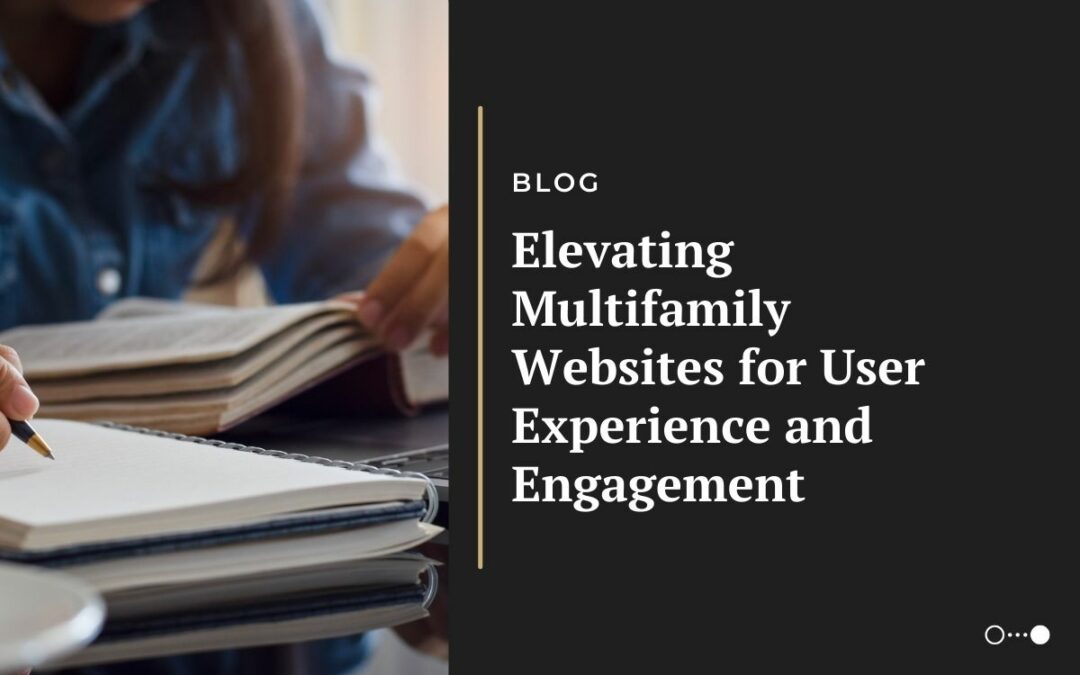In this digital age, a multifamily property’s website serves as its virtual first impression, giving potential residents their first glimpse into what their lifestyle could be like living there. For owners and operators, the significance of a well-designed and strategically optimized website cannot be overstated. It’s more than just digital presence: Your website is a crucial tool for attracting and retaining residents and enhancing brand reputation.
Today’s renters are digitally savvy, often conducting extensive research online before making decisions, especially incredibly important ones like where they will live. They’re looking for convenience, easily digestible information, and a seamless user experience throughout their online search process. Therefore, a multifamily community website should showcase your property’s unique selling points and serve as a comprehensive resource that quickly answers prospects’ questions and potential concerns.
Every community website should include a few key components:
Intuitive user interface (UI): A user-friendly interface is the cornerstone of a successful and effective website. The layout and design navigation should make it easy for visitors to find important information such as floor plans, amenities, pricing, and contact information. Make sure to implement clear calls to action (CTAs) to guide users toward desired actions, whether that’s scheduling a tour, contacting the leasing office, or starting their application.
Visual appeal: High-quality images and engaging multimedia video content play a pivotal role in capturing your visitors’ attention and conveying the lifestyle offered at your property. We recommend incorporating additional elements such as virtual tours and interactive maps to provide prospective residents with a glimpse into your property’s atmosphere, amenities, and general location in the market.
Mobile optimization: With the majority of website traffic coming from mobile phones and tablets, it’s imperative to ensure your website is designed to be responsive. This will ensure seamless viewing and navigation regardless of screen size or device.
Informative: Transparency breeds trust. Make sure the information on your website regarding pricing, availability, lease terms, and community policies is accurate. We suggest incorporating FAQs and blog posts addressing common inquiries and concerns to establish credibility and build rapport with prospective renters.
Technology: In order to enhance processes and user experience, implement online booking systems for property tours, virtual leasing applications, and resident portals for rent payments and maintenance requests.
SEO: A robust search engine optimization (SEO) strategy is essential to ensuring your website ranks prominently in search engine results, driving organic traffic and increasing visibility among prospective renters. Ensure you are conducting keyword research, optimizing meta tags and descriptions, and regularly updating content to improve search engine rankings and attract qualified leads.
In a competitive landscape of multifamily housing, these elements will provide a well-designed and strategically optimized website that will serve as a powerful asset for attracting, engaging, and converting prospective residents. By prioritizing user experience, owners and operators can create a digital presence that highlights their properties and also fosters trust, loyalty, and long-term resident satisfaction.
Interested in seeing custom multifamily websites in action? Explore our portfolio or contact us today to start a conversation about your property’s online presence.

